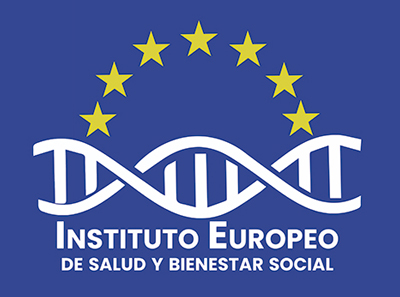
Coronavirus situation in Spain
Coronavirus situation in Spain https://institutoeuropeo.es/wp-content/themes/blade/images/empty/thumbnail.jpg 150 150 Instituto Europeo de Salud y Bienestar Social //institutoeuropeo.es/wp-content/uploads/2020/10/favicon.png

